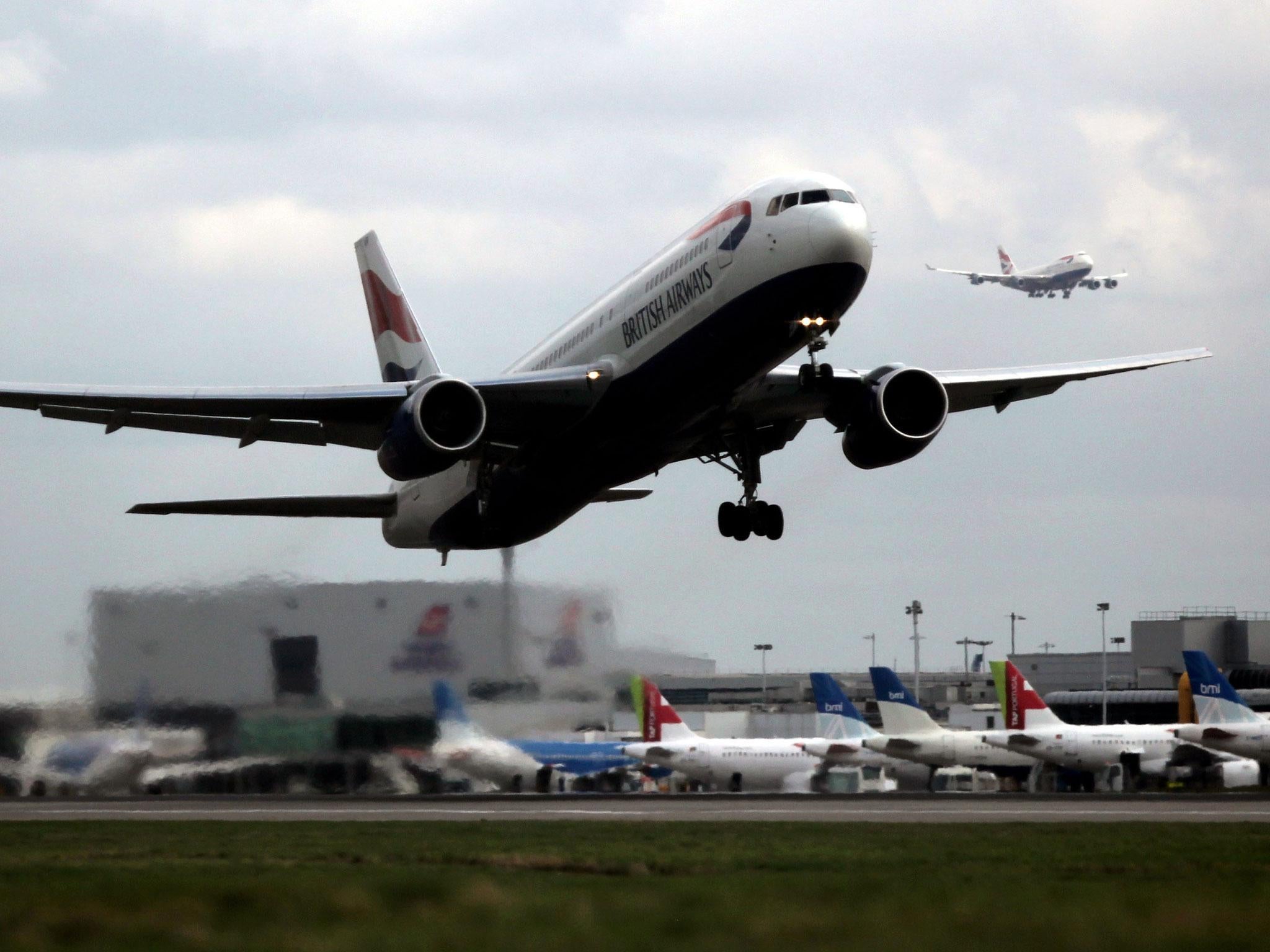Two passenger planes came within 700ft of colliding at Gatwick airport after air traffic controller error
The incident occurred on April 25 and involved two Airbus 319s

Your support helps us to tell the story
From reproductive rights to climate change to Big Tech, The Independent is on the ground when the story is developing. Whether it's investigating the financials of Elon Musk's pro-Trump PAC or producing our latest documentary, 'The A Word', which shines a light on the American women fighting for reproductive rights, we know how important it is to parse out the facts from the messaging.
At such a critical moment in US history, we need reporters on the ground. Your donation allows us to keep sending journalists to speak to both sides of the story.
The Independent is trusted by Americans across the entire political spectrum. And unlike many other quality news outlets, we choose not to lock Americans out of our reporting and analysis with paywalls. We believe quality journalism should be available to everyone, paid for by those who can afford it.
Your support makes all the difference.A passenger jet taking off from Gatwick airport was involved in a near miss with a preceding aircraft, according to an official investigation.
The second plane was cleared to climb, bringing it “into conflict” with the first, the UK Airprox Board (UKAB) said.
When the air traffic controller responsible for the flight realised what was happening he “issued avoiding action to the pilot”, the report stated.
The incident on April 25 involved two Airbus 319s.
The UKAB found that the near miss was caused by the air traffic controller not scanning his radar display before clearing the second pilot to climb.
“He should have seen (the first aircraft) ahead,” the report added.
A “standard procedure” of reducing the usual separation time between departing aircraft to increase frequency - from two minutes to 45 seconds - was given as a contributory factor.
The UKAB added that “poor co-ordination” by air traffic control staff also had an impact.
Separation between the aircraft was reduced to 700ft vertically and around two miles horizontally.
The report found that “safety had been degraded” but the “rate of catch-up between the two aircraft was very low”.
The incident was assessed as having the third most serious degree of risk by the UKAB.
Press Association
Join our commenting forum
Join thought-provoking conversations, follow other Independent readers and see their replies
Comments